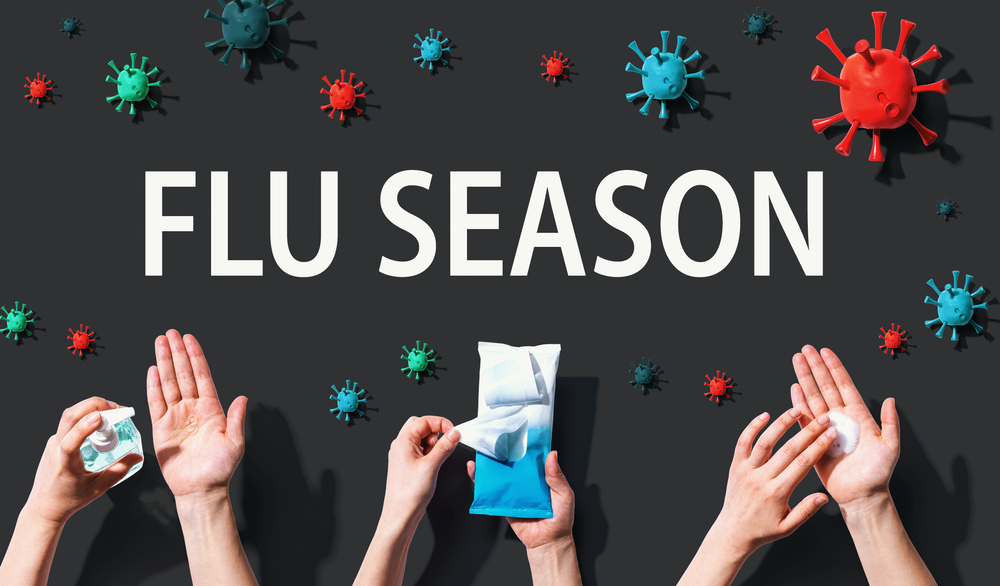by Michelle Place, CRNP-P
What is Nipple Confusion?
The first major hurdle most new mothers face is getting breastfeeding off to a good start. One of the challenges to breastfeeding that most new mothers are warned about is that introducing artificial nipples (pacifiers or bottles) will destroy the chances of success–a phenomenon known as “nipple confusion.”
The theory behind nipple confusion is that the different mechanics of sucking on a breast vs. an artificial nipple may make it difficult for an infant to resume breastfeeding after exposure to a bottle or pacifier.
How would that work?
From a plausibility standpoint, nipple confusion does not make a whole lot of sense. Though newborn babies would not survive long without significant intervention from caregivers, they are actually quite good at what they can do. They can’t see much of anything, control their movements, or communicate their specific needs very well but healthy babies know how to suck. It is, in fact, a reflex action that they do not control. Sucking is a natural means of soothing a crying baby.
Despite limited and inconsistent evidence, nipple confusion is widely believed and a great source of stress for new breastfeeding moms. Let’s take a look at the research out there on the subject breaking it down into pacifiers and bottle feeding.
Pacifiers
AAP vs. WHO
The controversy over the use of pacifiers in breastfeeding babies stems largely from conflicting recommendations from two organizations that influence the care of infants and children. One from the American Academy of Pediatrics (AAP) in 2005 suggesting that infants should be given a pacifier to protect against Sudden Infant Death Syndrome, and the other from the World Health Organization (WHO) in 2009 stating that breastfeeding infants should never be given artificial nipples. It is from these recommendations by WHO that the tenets of the Baby Friendly Hospitals were created, one of which is that no pacifiers should be given to breastfeeding infants.
What does the research tell us?
A review of all research done on the subject of breastfeeding and pacifier use was performed in 2012. All available evidence showed no connection between pacifier use and decreased breastfeeding rates: “Pacifier use in healthy term breastfeeding infants, started from birth or after lactation is established, did not significantly affect the prevalence or duration of exclusive and partial breastfeeding up to four months of age.”
Pacifier use was associated, however, with significant declines in the duration of full and overall breastfeeding. Breastfeeding duration in the first 3 months postpartum, however, was unaffected by pacifier use. This finding made researchers question whether pacifier use caused decreased breastfeeding, or if mothers who don’t plan to breastfeed long-term are simply more likely to use pacifiers. Furthermore, because the difference in breastfeeding rates didn’t show up until later, they couldn’t pin it on nipple confusion: “These findings fail to support breastfeeding attachment problems or nipple confusion as the biologic mechanism whereby pacifier use affects breastfeeding duration… [we] found minimal evidence of any problems attributable to suckling technique.”
Don’t Forget to Feed the Baby
Women who introduce pacifiers tend to breastfeed their infants less often and so experience breastfeeding problems consistent with infrequent feeding, not nipple confusion. Babies are very sleepy in the beginning and tend to be soothed by sucking on a pacifier. Sometimes it satisfies them so much that they are content to suck right through a feeding. New parents think that if the baby is hungry he/she will cry and let their sleeping baby lie. If the pacifier is introduced parents just need to remember to feed the baby every 2-3 hrs whether they act like they want it or not.
Binkys Under Lock Down
A large randomized controlled trial in 2013 published in Pediatrics looked at over 2,000 newborns both before and after pacifiers were literally put under lock and key in a Texas hospital’s nursery. Results showed that the percentage of breastfeeding infants went down when pacifiers were banned from the hospital. This is a particularly interesting study, because it was the opposite of what was expected. The fact that restricting pacifier distribution during the newborn hospitalization without also restricting access to formula was associated with decreased exclusive breastfeeding, increased supplemental formula feeding, and increased exclusive formula feeding, raises concerns that restricting pacifier availability in the newborn period may actually increase the likelihood that breastfeeding mothers will reach for formula.
What about ear infections?
Another common concern parents have is the fear that children who use a pacifier are more likely to develop ear infections. In reality there appears to be about a 1-2 fold increased risk in older infants and children but typically not during the first 6 months of life when the risk of SIDS is highest. So, let your newborn suck away.
Bottles
Results from studies looking at the use of bottles is not so clear cut. A 2004 randomized controlled trial showed no difference in breastfeeding with pacifier use in preterm infants. It did, however, show a possible advantage to giving supplemental feeds with a cup instead of a bottle.
Another 2008 review showed higher rates of exclusive breastfeeding for infants who received supplemental feedings from cups vs. bottles. This effect was seen only at the time of hospital discharge; by 3 months, the groups had evened out.
Any problems encountered when introducing a bottle while trying to establish breastfeeding are often blamed on nipple confusion but it is more likely that “flow preference” is the bigger issue–essentially, the infant gets used to milk flowing freely from a bottle, and then doesn’t want to do the work to extract it from the breast. Ideally waiting about a month (if possible) to introduce a bottle works best for establishing milk production as well as smoothing the transitions from breast to bottle and back. Parents should start with a slow-flow nipple with a wide base so that babies need to open their mouths wide to latch on to the bottle as they do with the breast. They also should try “paced bottle feeding”–holding the baby upright with the bottle horizontal, and turning the bottle down every few sucks so that the baby has an empty suck. This more closely mimics the flow achieved during breastfeeding.






